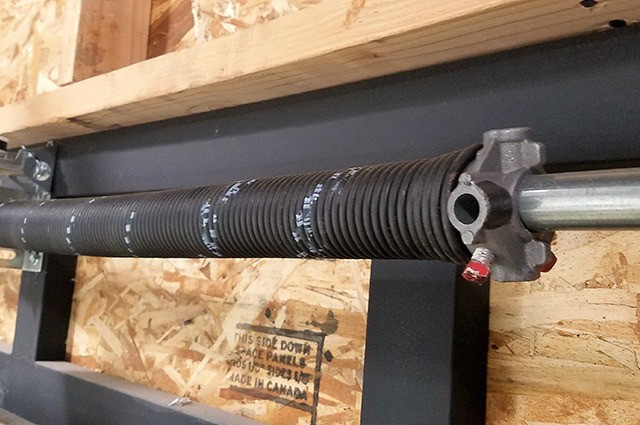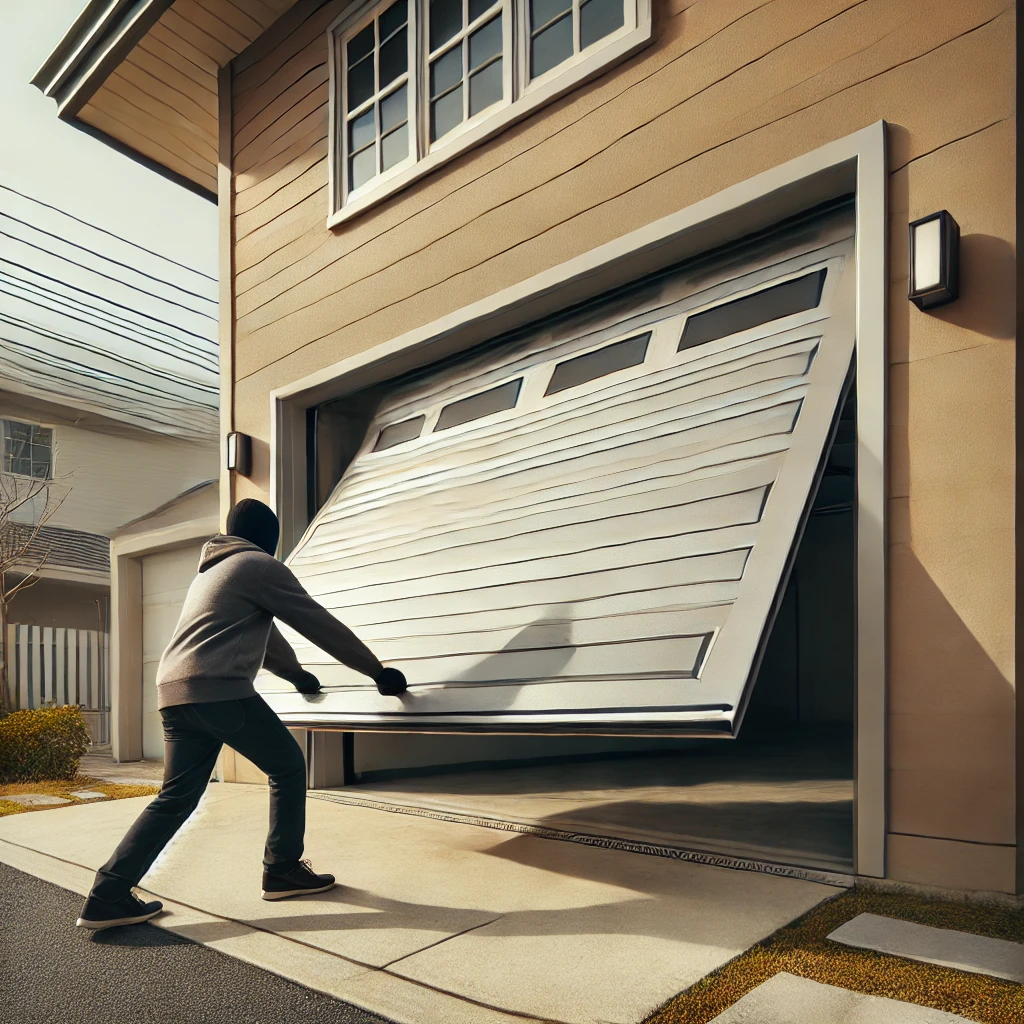In the world of home maintenance, few scenarios are as frustrating and potentially dangerous as a garage door with a broken spring. This common issue can leave homeowners feeling stranded, unable to access their vehicles or stored belongings. As of January 2025, with the increasing complexity of modern garage door systems, understanding how to safely navigate this situation has become more crucial than ever.
A broken garage door spring is not just an inconvenience; it's a safety hazard that requires immediate attention. The springs in your garage door system play a vital role in counterbalancing the door's weight, making it possible to open and close with ease. When these springs fail, the entire dynamics of the door change, presenting risks to both property and personal safety.
I remember the day my own garage door spring broke. It was a chilly Sunday morning, and I was heading out for a family brunch. As I pressed the opener, I heard a loud bang that echoed through the garage. The door barely budged, and I knew something was seriously wrong. That experience taught me the importance of being prepared for such situations.
Understanding Garage Door Springs: Torsion vs. Extension
Before we dive into the steps for manual operation, it's crucial to understand the two main types of garage door springs: torsion and extension springs.
Torsion Springs:
- Mounted horizontally above the garage door opening
- Work by twisting to create lifting force
- Generally last longer (15,000 to 20,000 cycles or 7-10 years with average use)
- Provide smoother, more balanced door operation
- Safer when they break, as they remain on the shaft
Extension Springs:
- Located on either side of the door, parallel to the horizontal tracks
- Work by stretching and contracting to lift the door
- Generally less expensive to replace
- Easier to install in some garage configurations
When a spring breaks, regardless of type, the door loses its counterbalance, making it much heavier and potentially hazardous to operate manually.

Identifying a Broken Garage Door Spring
Before attempting to open your garage door manually, it's crucial to confirm that a broken spring is indeed the culprit. Here are the key indicators to look out for:
The Telltale Sound: A loud, sudden noise, often described as a gunshot-like bang.
Visual Inspection: Look for a gap or separation in the spring coils, unwound sections, or a visible break in the spring's continuity.
Door Behavior and Performance Issues:
- Misalignment and balance problems
- Jerky or uneven movement
- Incomplete opening or closing
- Excessive weight when trying to lift manually
- Rapid falling when closing
- Frequent activation of safety mechanisms
Unusual Noises During Operation: Squealing, groaning, or popping sounds as the door moves.
Safe Steps to Manually Open Your Garage Door
When you've confirmed that your garage door spring is broken, follow these steps to open the door manually:

Step 1: Disconnect the Garage Door Opener
- Locate the emergency release handle (typically a red cord or handle).
- Pull down firmly to disengage the opener from the door mechanism.
Step 2: Secure the Door
- Use a sturdy object like a wooden block or vice grip to keep the door stable.
Step 3: Enlist Help
- Find a capable assistant to help with lifting.
Step 4: Lift the Door Manually
- Position yourselves on either side of the door's center.
- Lift from the bottom edge, keeping your back straight.
- Lift evenly to keep the door level.
- Avoid pushing or pulling on the garage door panels.
Step 5: Secure the Open Door
- Use locking mechanisms if available.
- Apply additional support with a ladder or sturdy object.

Step 6: Closing the Door Safely
- Start from the top and guide the door down slowly.
- Maintain control throughout the closing process.
Essential Tools for Manual Garage Door Operation
Having the right tools on hand can make the process safer and more manageable:
- Emergency release handle
- Sturdy support objects (wooden blocks, vice grips, ladder)
- Safety equipment (goggles, work gloves)
- Lighting (flashlight or work light)
- Locking pliers
- Silicone-based lubricant
- Adjustable wrench
- Stepladder
Safety Precautions: Protecting Yourself and Your Property
When dealing with a garage door that has a faulty spring, prioritize safety:
- Do not operate the door normally.
- Disconnect the power to the garage door opener.
- Secure the area and keep others away.
- Avoid DIY repairs.
- Conduct a visual inspection from a safe distance.
- Inform family members about the situation.
- Secure the door in its current position.
- Wear protective gear if you must be near the door.
- Plan for professional repair.
- Document the damage for insurance purposes.
The Risks of DIY Spring Repair
While it might be tempting to attempt repairing a broken garage door spring yourself, this is one home repair task that should be left to professionals. The risks include:
- Extreme tension and force stored in the springs
- Potential for severe injuries or even fatality
- Lack of proper tools and expertise
- Possibility of causing further damage
- Complex balancing requirements
Cost Implications vs. Potential Risks
When weighing the decision to repair a broken garage door spring, consider:
Cost of Professional Repair:
- Average cost range: $150 to $350 (including labor and materials)
- Torsion springs: $75 to $150 each
- Extension springs: $50 to $100 each
Potential Risks of Not Repairing:
- Severe personal injury or fatality from spring failure
- Damage to the garage door, surrounding structure, or vehicles
- Malfunction of the garage door opener
- Increased wear on other door components
- Security risks if the door cannot be properly closed
Conclusion
Dealing with a broken garage door spring is a challenging situation that requires careful handling and, ultimately, professional attention. While knowing how to manually open your garage door in this scenario is valuable, it's crucial to understand that this is only a temporary solution.
The risks associated with a broken spring – from potential injuries to further damage to your garage door system – underscore the importance of prompt, professional repair. The cost of such repairs, when weighed against the potential dangers and long-term implications of neglecting the issue, is a worthwhile investment in your home's safety and functionality.
Remember, your garage door is one of the largest moving objects in your home, and its proper operation is crucial for both convenience and security. By understanding the signs of a broken spring, knowing how to safely manage the situation, and recognizing when to call in the experts, you can ensure that your garage door remains a reliable and safe part of your home for years to come.
Always prioritize safety, be aware of your limitations, and don't hesitate to seek professional help when dealing with complex home maintenance issues like broken garage door springs. Your safety and the longevity of your garage door system depend on making informed, cautious decisions in these situations.

